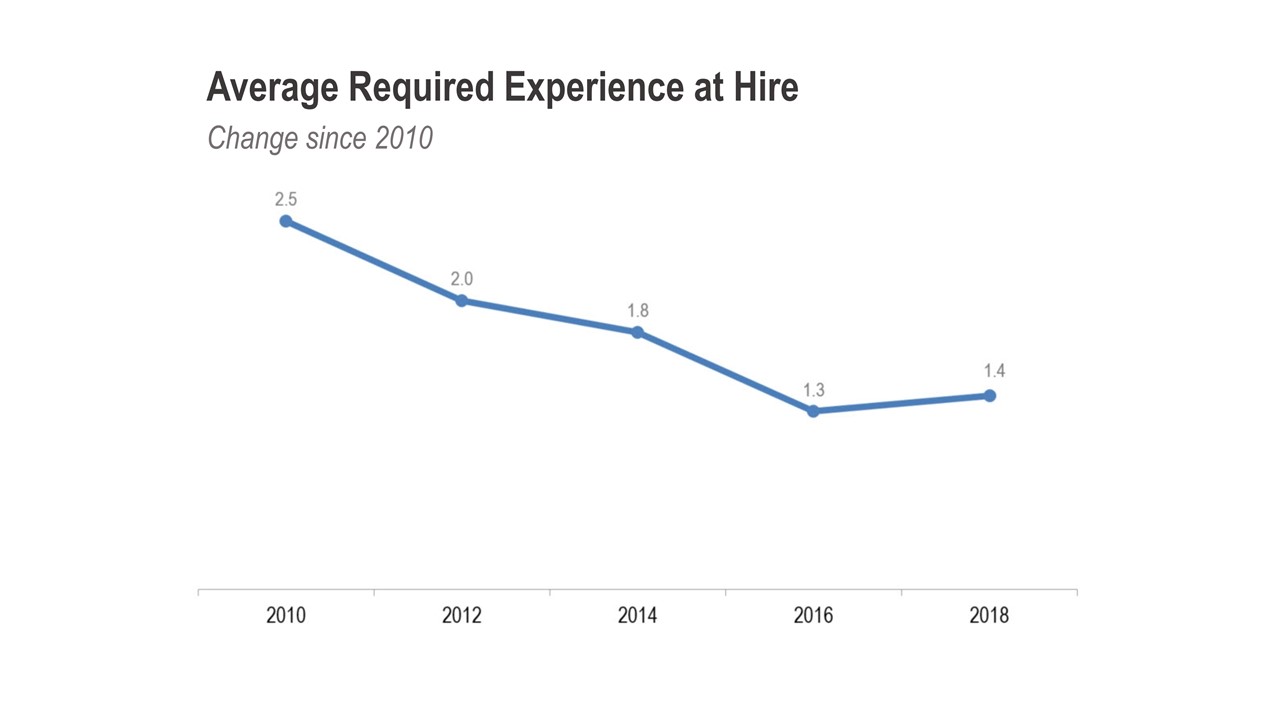One of the most popular strategies for demand generation at tech companies has become hiring a team of Business Development Reps (BDRs) to perform outreach. The goal of a BDR is to engage prospects via email, phone, or social media then schedule an appointment with a qualified lead for the field sales organization. The sales rep performs further qualification and then moves the deal into the pipeline with the hopes of closing it.

Most BDRs are Entry-Level seeking Career Path in Sales
BDR teams come in all shapes and sizes. Sometimes BDRs report to sales. Sometimes BDRs report to marketing. Sometimes they are not called BDRs, but are called SDRs, ADRs, or other three letter combinations ending in “DR.” Geographically, most BDRs are hired in urban or suburban areas, often near the company headquarters. They work out of the office every day, typically in close proximity to one another in a centralized call center.
Regardless of the name and the organizational structure, the technology industry has largely converged on a common hiring profile for BDRs. In my experience, 80% or more of the BDRs are early in their career. The most recent Bridge Group study on Sales Development found that the average required experience before hiring a new BDR is 1.4 years, which is actually down considerably from 2010 when it averaged 2.5 years.

Source: Bridge Group
For some, the BDR role is the first job following undergraduate school. For others, the BDR might be a second or third job they move into after having stumbled with other types of jobs. Few of these twenty-somethings have aspirations of pursuing a life-long career as a BDR. Instead, most view the role as a stepping stone to a bigger and better opportunity in the field sales organization. The average tenure of a BDR in 2018 is 1.5 years with only 8% staying in a role for more than three years (source: Bridge Consulting Group).
Off the Road – Experienced, Inside Sales Reps
Although, this early-career profile is popular amongst tech companies, I would challenge whether it is always the best model for tech companies. Over the past five years I have experienced a great deal of success with hiring a different profile of rep.
A few years back I was working at a large software company leading the Market Development function. One of the teams reporting to me was an inside sales organization tasked with calling on middle market accounts. To clarify, these inside sales reps managed entire deal cycles (versus ADRs only focused on generating leads). The team was based in Tampa, Florida which is not unusual as the area has a concentration of call centers. But what was unusual was the profile of the top performers in this organization.
Although, we had plenty of inside sales representatives that were early in their career, I quickly noted that many of the top performers did not fit “the profile” commonly found in these inside sales roles.
- Reverse Career Path – These top performers were not seeking to move into the field sales organization. They had come from the field. In other words, they had moved the opposite direction of most BDRs – FROM field sales TO an inside role.
- Late Stage in Career – These top performers were not at the start of their careers. They were approaching the end of their careers. Many had been high performers in various sales roles for 20 or 30 years.
- Destination Geography – These top performers were not from the Tampa area (or any region with a particular concentration of call centers). Instead, they had recently moved there from the Northeast, the Midwest, and an assortment of other places.
As I spoke to them, I learned that these individuals had made a deliberate career choice to take what many would view as a demotion from field sales into the inside sales organization. With retirement on the horizon, many of these top performers were seeking a lifestyle change. They didn’t want to be on the road constantly. They didn’t want the high quotas or the high pressure that often accompanies a field role. However, they were not quite ready to retire. They were looking for a job that would enable them to comfortably bring in a six-figure income while maintaining better work-life balance.
Alternative Profile – the Experienced, Mid-Career BDR
When I moved to my next company, I decided to experiment with this same non-traditional approach to staffing inside sales on an Account Development team. Instead of hiring twenty-somethings with just a few years of experience, I looked for mid-career sales professionals that did not want a field sales role. I was surprised to find that there was a much greater number of talented individuals that fit the profile than I expected.
These individuals have the talent, experience, and motivation to be high-performers in the field organization. But they have family or other personal commitments that limit their ability to travel. Traveling 150 days per year as a field-based account executive is not an option. In fact, traveling to an office is not an option for many of these candidates as they live in rural areas or tier-three cities far away from Corporate America. Nonetheless, these mid-career ADRs enjoy the sales culture and like the potential upside that comes from the variable compensation model. And they love to prospect. They enjoy the challenge of trying to get decision makers interested in their company’s products and services. And they enjoy fostering new relationships with contacts in a high volume of accounts.









